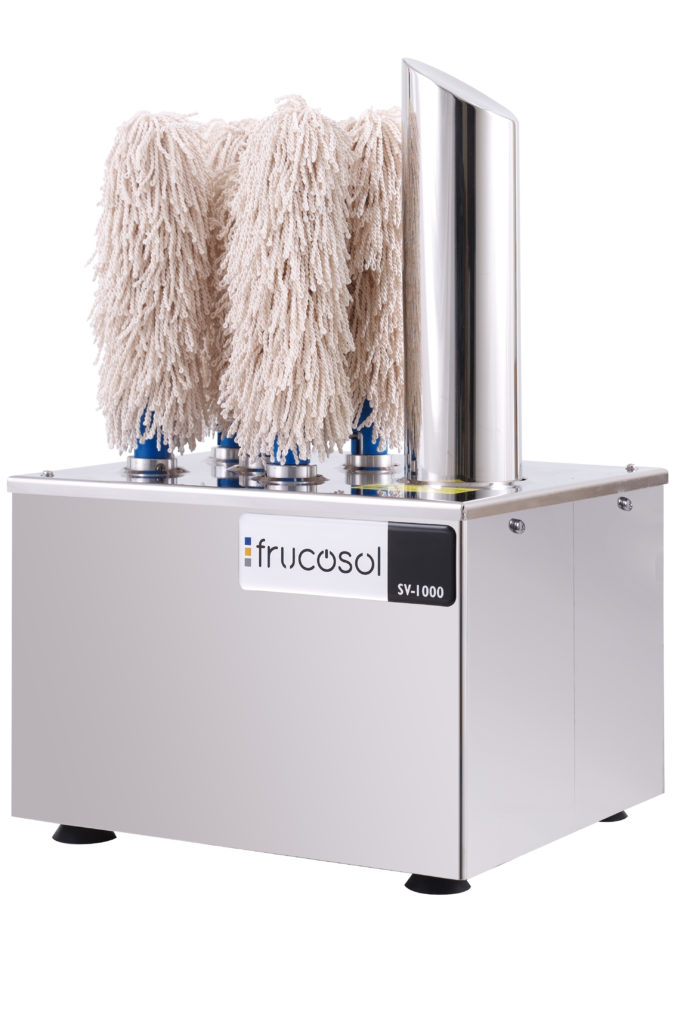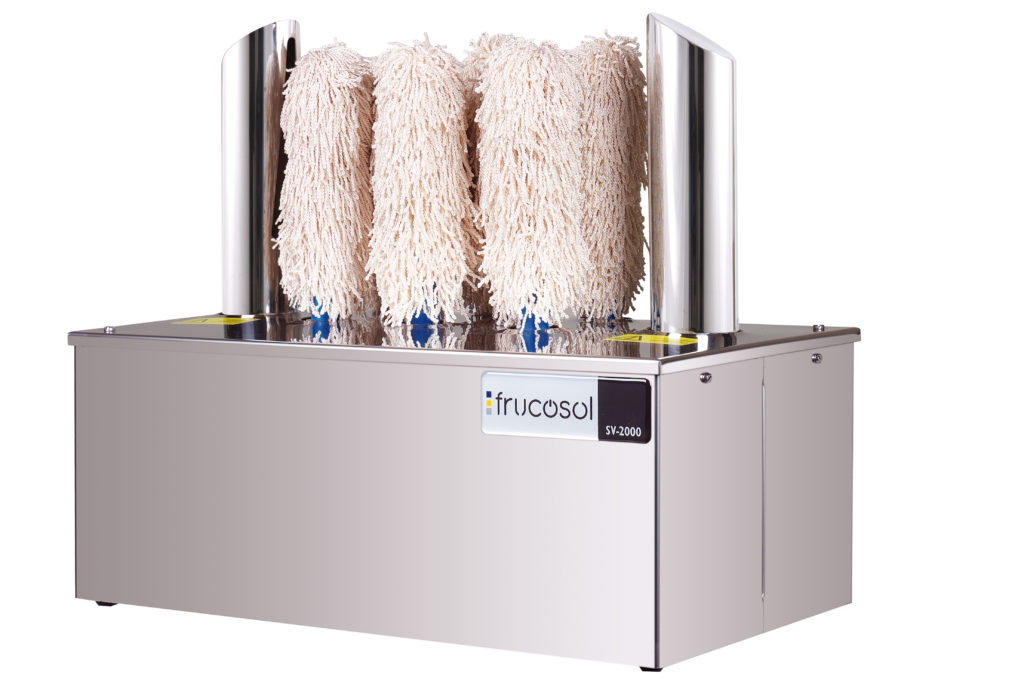SUPERIOR Glass-Care Systems: Our Superior Models are just that……….Superior !!
Glass Polishers Global is sourcing the best brand and models of Glass Polishers that are available from manufacturers worldwide.
Being Independent Distributors and, unlike other distributors who are normally restricted to offer just one brand of polisher, we provide our customers with a wide range of Glass Polishing Systems.
We offer you: A Choice of Brands; A Choice of Models; A Choice of Sizes; A Choice of Prices. You Choose – we are confident you will be delighted with the high quality results from our range of Glass Polishers.
Polishing glasses by hand is time-consuming, tedious and does not give a consistent finish. This method of polishing results in a high number of breakages, especially of stem glassware which is very costly for management. Breakages while hand-polishing regularly result in injury to staff from broken glass. Make the wise decision and move from costly hand glass polishing to a modern automatic glass polisher.
Our Global Range of Glass Polishing Systems are effective, safe and simple to operate. Our polishers are fitted with either 5 or 8 polishing brushes and are in the formation of either, a central brush surrounded by four other brushes, or two central brushes surrounded by six other brushes, all spinning at the same speed.

The brushes are made from synthetic fibre that absorbs the water from the wet glasses, as well as polishing the glassware to a very high standard. The brushes are interchangeable with each other to allow polishing of different types of glassware. The central brushes polish the inner surface of the glasses, while the outer brushes polish the outer surfaces. Air is drawn into the polisher and heated. This hot air is directed on to the brushes from towers sited at end of the machine, which keeps them dry during the glass polishing operation.

To polish glassware, they must be properly washed and either polished immediately while still wet, or if polished later, wet them with steam or with a spray of hot water. The wet glasses are placed upside down on the central brush /es and are moved up and down in a twisting motion. The stem is polished by placing it in between the spinning brushes. Streaks and watermarks are eliminated to leave your glassware in sparkling condition. Our Glass Polishing Systems provide you with many benefits and savings, which will ensure that your glassware is always presentable to your patrons, giving them a good impression of your establishment.

5 Brush Models
The five brushes are in the formation of a central brush, surrounded by four other brushes, all spinning at the same speed. The brushes are made from synthetic fibre that absorbs the water from the wet glasses, as well as polishing the glassware to a very high standard.
The central brush polishes the inner surface of the glasses, while the other four brushes polish the outer surfaces. Air is drawn into the polisher and heated. This hot air is directed on to the brushes from a tower sited at one end of the machine, which keeps them dry during the glass polishing operation. Streaks and watermarks are eliminated to leave your glassware in sparkling condition.

8 Brush Models
The eight brushes are in the formation of two central brushes, surrounded by six other brushes, all spinning at the same speed. The brushes are made from synthetic fibre that absorbs the water from the wet glasses, as well as polishing the glassware to a very high standard. The central brushes polish the inner surface of the glasses, while the other six brushes polish the outer surfaces. Air is drawn into the polisher and heated. This hot air is directed on to the brushes from two towers, sited at both ends of the machine, which keeps them dry during the glass polishing operation. Streaks and watermarks are eliminated to leave your glassware in sparkling condition.

FIRST IMPRESSIONS GIVE A LASTING IMPRESSION !!!
When customers arrive in your bar or restaurant for a drink or a meal, they form an initial impression – good or bad. As they sit down having a drink, and possibly browsing through the menu, your glassware is on view, so the customers will see the condition of your glasses which will either impress them – or not! If there are watermarks, or other stains visible, it means that it is not being properly polished. This indicates that Staff Training and Supervision is not a priority for management.
Glassware needs to be sparkling to impress your customers. Serving a drink in an unpolished glass gives a negative perception of your premises, leading to customer complaints, and loss of repeat business.
Manual Polishing of Glassware
Staff usually are required to polish the glassware when they have a quiet period during their shift. It is a task that most staff dislike, as it is slow and often breakages occur, with the risk of hand injuries from the broken glass. While this manual polishing of glassware prevents the build-up of unpolished glasses during quieter periods of the day, it is not sufficient for busy periods, especially at weekends.
The traditional method of polishing glassware was staff being deployed from their normal duties to remove stains and watermarks from air-dried glasses using cloths that often were not suitable, nor hygienic. In busy establishments, staff were employed for this specific work during very busy periods as well as for functions. These cloths that were used for polishing were often left lying around the bar area in full view of customers, which did not give a good impression of the hygiene standards of the business.
